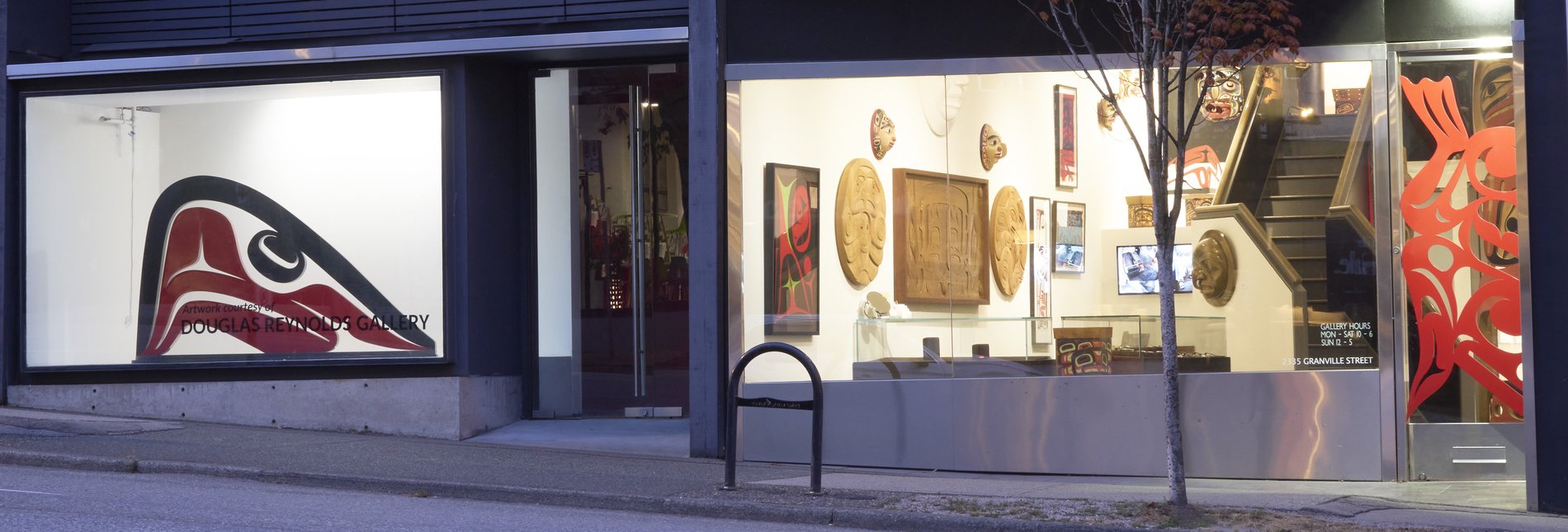It appears that your cart is currently empty

Willie Seaweed
Chief Willie Seaweed (1873–1967) was a Kwakwaka'wakw chief and woodcarver from Blunden Harbour, British Columbia. He is considered a master Northwest Coast artist who is remembered for his technical artistic style and protection of traditional native ceremonies during the Canadian potlatch ceremony ban. Today, Seaweed's work can be found in cultural centers and corporations, art museums, natural history museums, and private collections.
Seaweed's professional artistic career coincided with the 1876 Canadian ban on the potlatch ceremony, which was later repealed in 1951. These tribal ceremonies involve feasts, traditional performances, wealth distribution, initiations, and gift-giving. Christian missionaries and the Canadian government believed potlatch ceremonies to be immoral and dangerous to Western assimilation efforts.
Seaweed's art is of the most recognizable from the Northwest Coast.[11]:149 He followed in the tradition of Charles James, Mungo Martin, and Charles Edenshaw. He created traditional objects in the Kwakwaka'wakw style but rendered them "fantastic and flamboyant," influencing indigenous artistic style for the following generations.[3]:3
Seaweed's implementation of traditional artistic methods in a refined, technical way is what deemed him a master Kwakwaka'wakw artist. He carved totem poles, coppers, headdresses, drums, rattles, whistles, and masks as well as painting house fronts. He implemented ovoid and U-shapes and adorned his artworks with curving form outlines in keeping with Kwakwaka'wakw design principles. While the majority of Seaweed's works were made to function in native ceremonies, others were presented as gifts or available at modest prices.
The legacy of the Kwakwaka'wakw artists and Willie Seaweed, in particular, continued to progress at the hands of their offspring. Charley George Jr., Charley G. Walkus and Joe Seaweed continued this artistic and cultural tradition that has carried into today's new generation of Northwest Coast artists. Artistic methods were primarily similar, although the new generation sometimes reverted to natural pigments instead of commercial paints.
1 – 0 product(s) of 0
